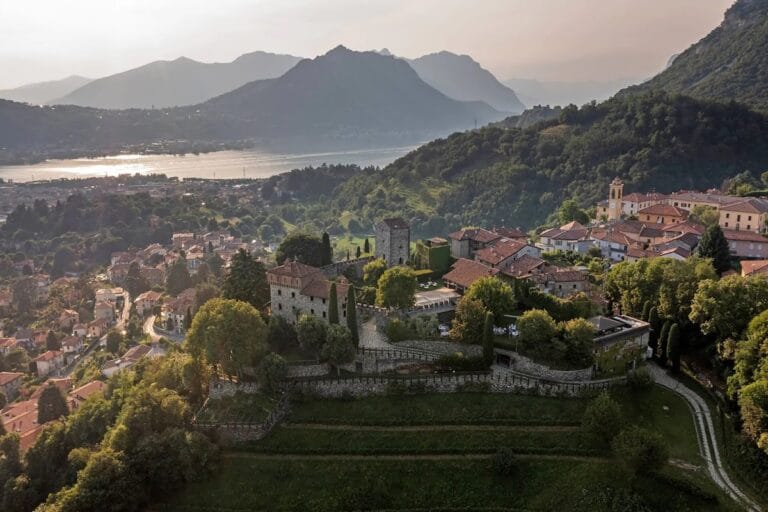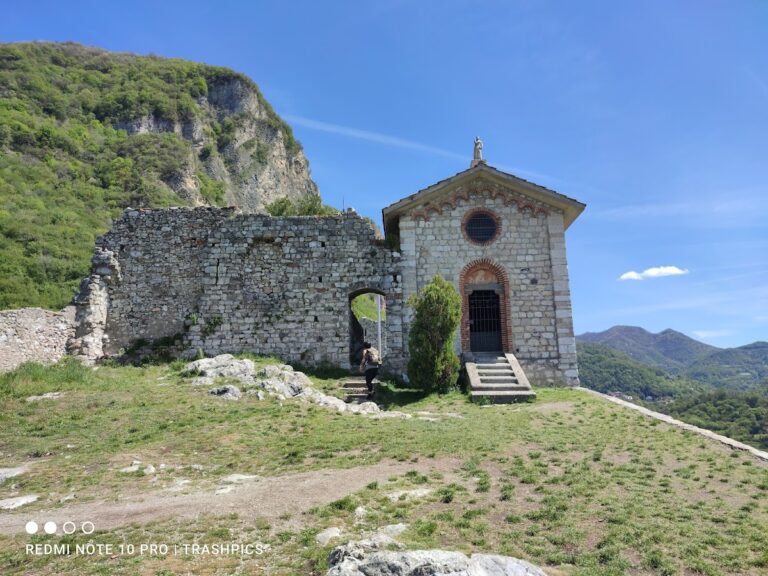Malpaga Castle: A Medieval and Renaissance Fortress in Northern Italy
Visitor Information
Google Rating: 4.4
Popularity: Medium
Google Maps: View on Google Maps
Official Website: www.castellomalpaga.it
Country: Italy
Civilization: Medieval European
Remains: Military
History
Malpaga Castle stands in Cavernago, near Bergamo in northern Italy. Its origins trace back to the early medieval period when it functioned as a fortress. The castle suffered significant damage during a raid in the 1440s, leaving it in ruins for some years.
In 1456, Bartolomeo Colleoni, a renowned condottiero and captain-general of Venice, acquired the ruined fortress from the Bergamo commune. He rebuilt and expanded it to serve as his residence and the administrative center of his principality. Colleoni transformed the castle into a stronghold that combined military defense with the elegance of a Renaissance court, reflecting his status and cultural interests.
Following Colleoni’s death, the castle passed to the Martinengo family. They carried out further renovations throughout the 15th and 16th centuries, maintaining the castle’s dual role as a fortress and noble residence.
Malpaga Castle hosted several prominent visitors, including Borso d’Este, the sons of Francesco Sforza, Charles the Bold, Duke of Burgundy, and King Christian I of Denmark, who visited in 1474. The castle also attracted humanist scholars such as Jacopo Tiraboschi, Giovanni Michele Carrara, Pagello, and Antonio Cornazzano. Cornazzano notably wrote a biography of Colleoni commissioned by the family.
A description from 1483 by Marin Sanudo highlights the castle’s formidable military exterior, which contrasted with its richly decorated interiors. Around 1520–1530, Colleoni’s heirs commissioned frescoes celebrating his life and achievements, embodying Renaissance ideals and the complex character of the condottiero.
Remains
Malpaga Castle features a square layout enclosed by two lines of walls topped with merlons, the notched battlements typical of medieval fortifications. A ditch surrounds the castle, enhancing its defensive capabilities. The outer wall, now lost, originally housed stables and barracks.
The fortress was designed to be nearly impregnable, with a moat and strong defensive walls. Despite this, the interior was lavishly decorated to serve as a princely residence. Almost all interior walls are covered with frescoes, many attributed to the Renaissance painter Il Romanino. Some frescoes have suffered damage or vandalism over time.
In the banquet hall, frescoes depict the 1474 visit of King Christian I of Denmark. These scenes show the royal procession, banquets, tournaments, and hunting, featuring idealized portraits of Colleoni and the king. On the courtyard wall facing the entrance, a large outdoor fresco by Romanino illustrates the Battle of Molinella fought by Colleoni in 1467. Though weathered, the battle scenes remain vivid and detailed.
The upper floor contains 17th-century frescoes of lesser artistic quality. Among these are allegorical images such as Silence, represented by an old man signaling secrecy, reflecting the castle’s code of conduct.
Colleoni’s private bedroom was designed with security in mind. It lacks a fireplace to prevent enemy access through the chimney, and its windows were barred to protect the lord’s safety. A small 15th-century fresco of the Madonna and Child, by an unknown artist, is located in this chamber and was reportedly especially valued by Colleoni.
The castle’s exterior architecture remains rugged and militaristic, with visible remnants of the moat contrasting with the richly decorated and artistically refined interiors.










